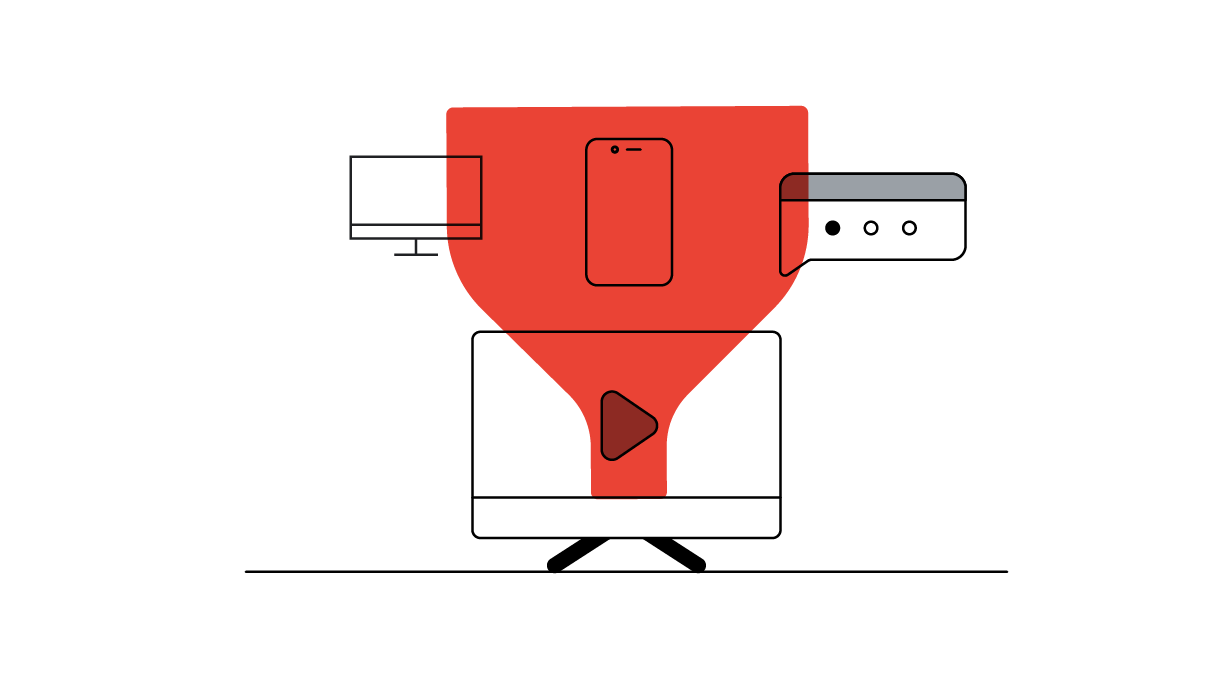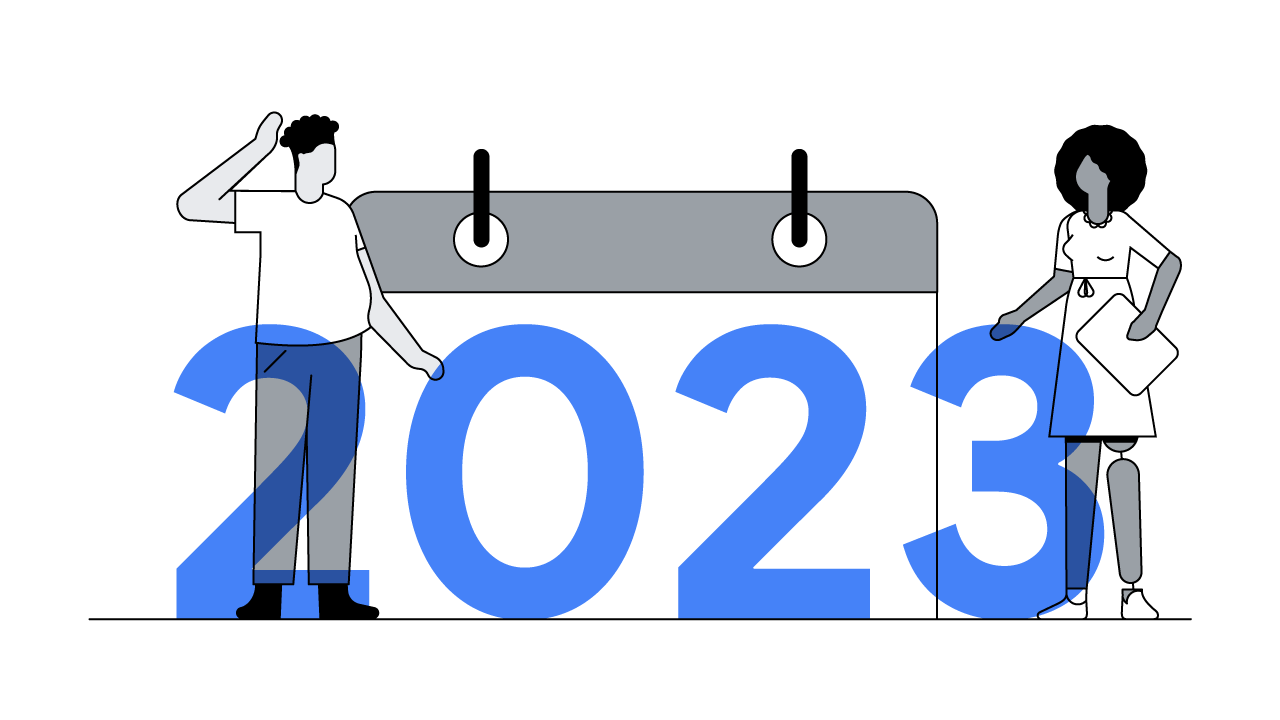The busy holiday season is fast-approaching, and many retailers are rethinking their plans during a pandemic which has left some struggling to stay in business. When marketing budgets are being cut, how can a retailer unlock more opportunities online in the face of fluctuating consumer behaviours?
One cost effective way to acquire new customers is to explore potential brand partnerships. A recent study by Forrester found that 49% of respondents reported a boost in revenue after undertaking partnership programme initiatives, while 45% saw an increase in brand awareness. In short, it can boost your bottom line and extend your reach.
These partnership strategies are perhaps more impactful than ever before, as they allow you to tap into a whole new segment of people that you may not otherwise be able to reach — or at the very least it would take a significant marketing budget to acquire.
Opening up new opportunities through collaboration
When it comes to successful strategic collaboration, brand synergy is key. By working with a recognised player in your industry, your brand could benefit from the halo effect of partnering with a vertical or industry world-leader. In the current economic climate, many brands may even be more open to collaborations, as they offer a way to pool resources with a peer during a challenging time.
This approach opens up opportunities, such as developing unique product experiences that allow you both to stand out from your competitors. You can appeal to your established audience in a new way, while reaching new customers through different product and service distribution channels, and expand into new regions and markets.
Brand partnerships are also a great way to inspire innovation. This can be particularly exciting when brands from two different verticals come together to create an offer, product or discount that would otherwise not be available to the consumer.
How to assess whether a brand partnership is right for your business
Before approaching any company, there are four key things to consider when exploring whether a partnership is a good fit for your brand and business KPIs.
1. Find a good fit for your brand identity
Does this brand align with your own goals and values? Conduct plenty of research into how your prospective partner is perceived by its own audience, and at large. Read their company blog for a temperature check on what matters to them and their audience, as well as their social media channels.
A partnership should enhance your brand, not hurt it. Was the brand mentioned in any headlines or involved in any activities that you don’t want your brand associated with? Could collaborating with them hurt your brand in any way? Maintaining the image and reputation of your brand is crucial, and brand safety is an important first step that often gets overlooked.
Action: Research the brand to see if it fits with your business values, and brand reputation.
2. Does this collaboration make sense for your audience?
Tapping into a strategic partners’ audience minus the costly acquisition strategy is arguably the central benefit to a partnership, therefore ensuring that your audiences fit well is incredibly important. After all, there’s no point working together if your demographics are poles apart. Collaborations that have a natural audience overlap tend to perform best, so don’t force things just to make it work.
What is the breakdown of their audience? Is there crossover with your own customer base? What added value would their product or service offer to your customers?
Action: Consider if this partnership would be welcomed by your customers, and if your products or services would be a good fit for theirs.
3. Unlocking new marketing channels
Building a new marketing channel can be very costly. It takes time, effort, and regular content output to establish and grow any channel. However, it’s always worth considering breaking new ground. Tapping into an existing partner channel allows you to extend your brand reach, and your marketing spend.
Ask yourself what marketing channels they use to engage with their audience. What is the reach of each channel, and what are their engagement metrics or benchmarks?
Action: Explore what new marketing channels this collaboration could open up for your brand.
4. Measure your success
There are many ways to define a successful partnership, but whichever you choose it’s important to make sure that you and your partner are aligned on what success looks like — and how you will measure it.
Remember that ROI doesn’t always need to directly translate into sales, but can be measured in campaign reach, audience engagement, earned media, social, or even expanding into new markets. It’s also good to reflect on if you would have similar results and impact if it had been executed independently.
Action: Set clear KPIs, consider what success looks like in terms of ROI, and how you will determine if this is a one-off partnership or an evergreen collaboration.
Worth the investment in challenging times
A well-considered strategic partnership with the right brand can be more than worth the investment, especially during challenging economic times. You can benefit from reaching a new target audience, expand your brand reach, and offer something new and exciting to the marketplace — all while seeing a real impact on your own bottom line.
If you're exploring how to make the most of a limited budget this holiday season and beyond, consider strategic brand partnerships as a core pillar in your marketing mix.







